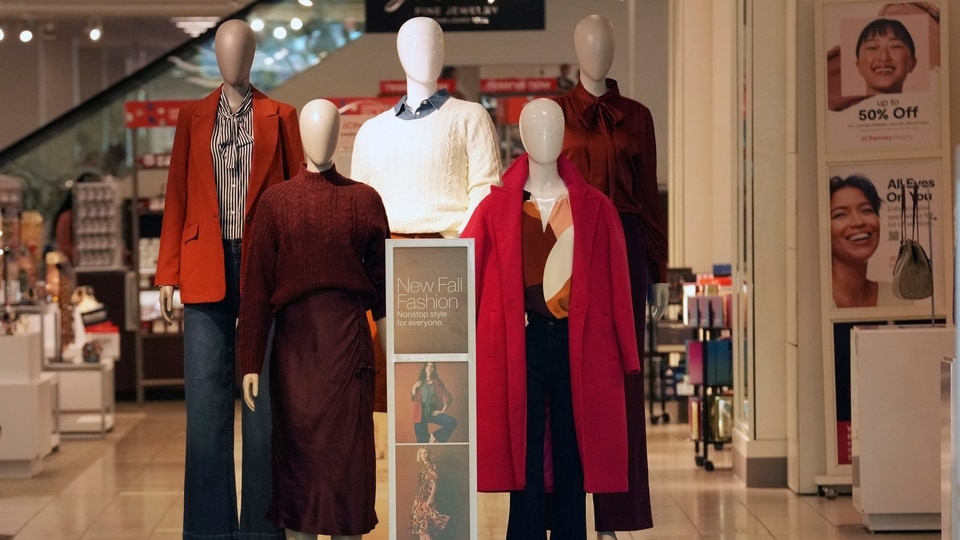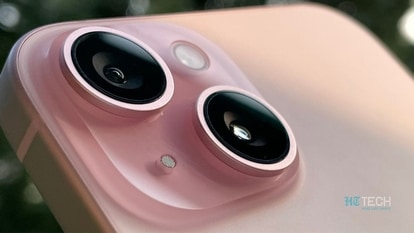Sustainable Fashion Is a Farce Without Virtual Try-Ons
Consumers are really bad at guessing the fit of apparel on a screen, so transporting product returns generates 15 million metric tons of CO2 emissions in the US annually.


Fashion brands enter this Black Friday seeing green not just because of sales but because they're offering more sustainable products than ever before. From carbon-neutral T-shirts to sustainable shoes and eco-friendly hats, Santa will have his hands full keeping up with the more than $41 billion in projected online apparel sales — the top-selling category. Yet one factor may undermine the industry's otherwise noble march toward sustainability and place fashion brands on Old St. Nick's naughty list: product returns.
On average, about one out of every four online apparel purchases in the US gets shipped back, a return rate that dwarfs other product categories like electronics (11%) and books (7%). This is particularly problematic considering that transporting returns generates more than 15 million metric tons of CO2 emissions in the US annually, according to sustainability consultancy Eco-Age. That's as much as 3 million cars.
We are now on WhatsApp. Click to join.
As the fashion industry grapples with its contribution to the climate crisis, brands must confront this kink in their supply chain. High return rates can undo the good done by sustainable fashion efforts.
Why do people return so many clothes? Because consumers are really bad at guessing whether a product will fit to their liking, especially when evaluating them on screens. Indeed, studies show that humans can vary widely in their ability to guess body size, texture, and weight. It's even worse when estimating for others.
Given that online shopping will only increase over time, is this an environmental cost that we have to accept? Not at all. Brands can embrace a simple and effective solution to help consumers accurately select items and significantly reduce return rates: virtual try-ons.
A virtual try-on involves the use of augmented reality and LiDAR depth cameras on your smartphones to accurately overlay virtual clothing onto your physical body. Once an experimental marketing tool isembraced by innovative brands, virtual try-on technology is increasingly accurate in its fit estimation, becoming a more feasible solution.
Recent studies have shown that virtual try-ons can make consumers feel more confident and satisfied with their product evaluations. More importantly, evidence suggests that brands using the feature can reduce return rates by up to 64% while increasing their ROI.
Selfies have never seemed more sustainable.
While virtual try-ons present a promising solution, they remain elusive for most US shoppers. Only 12% of surveyed Americans report having ever used the feature.
Some brands are embracing AR. One of the first to do so was popular eyewear manufacturer Warby Parker. In 2019, it started allowing consumers to use the company's app to wear their frames before buying.
Still, while Warby Parker's use of AR is promising, its green impact is limited, given that eyewear has a lower return rate and sales volume than apparel.
Even clothing brands investing in this space are only dipping their toes, with most try-ons limited to a small number of products. That's the case for footwear retailer Journeys, which allows shoppers to see how only a few styles fit virtually. Adidas is in the same boat, allowing customers to use Snapchat to test out select outfits.
The industry needs to make the feature a standard option for all products, but it is not ready to get us on the digital catwalk right now.
Accomplishing this goal requires more than creating an AR mobile app. Brands must prioritize the digitization of their products. This process has historically been expensive and technically complex. Many brands do not have 3D models of their products readily available, and those that do seldom see those models leave the hands of the internal design teams, meaning they cannot be used for virtual try-ons.
This barrier is compounded by the technical difficulties unique to cloth modeling and simulation for virtual fitting. A popular example can be found in video games. Developers continue to face computational difficulties in realistically simulating fabrics on characters. This becomes doubly difficult outside of game environments (e.g., AR), which require real-time calculations of the user's physical body, as well as other factors such as rendering light onto the simulated clothing so that it drapes and moves on the body as intended. Even recent solutions, such as Shopify's mobile app enabling brands to scan and create 3D models of their inventory, fail to accurately replicate clothing on a user's body.
While the digitization of apparel remains in its infancy, fashion brands can funnel investment toward their R&D teams and focus on turning their physical inventory virtual. Such “phygital” goods can then be fed into AR apps that enable consumers to evaluate product fit more accurately. Limiting carbon emissions is only one byproduct; reducing millions in return processing costs while adding value to the customer are the others.
Some half-measures already exist. Companies like Google and Nike allow you to see how items will look on pre-rendered models of varied sizes and skin tones. However, if we want an effective and scalable solution, we should focus on making virtual try-on smartphone apps a standard feature of fashion e-commerce.
If brands heed this call, next year may see us return to stuffing stockings instead of cardboard boxes, letting Santa breathe a little easier as he makes his rounds.
One more thing! HT Tech is now on WhatsApp Channels! Follow us by clicking the link so you never miss any updates from the world of technology. Click here to join now!
Catch all the Latest Tech News, Mobile News, Laptop News, Gaming news, Wearables News , How To News, also keep up with us on Whatsapp channel,Twitter, Facebook, Google News, and Instagram. For our latest videos, subscribe to our YouTube channel.

























